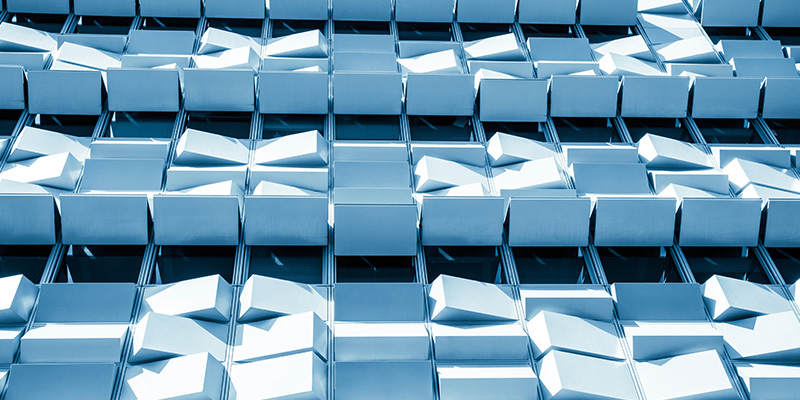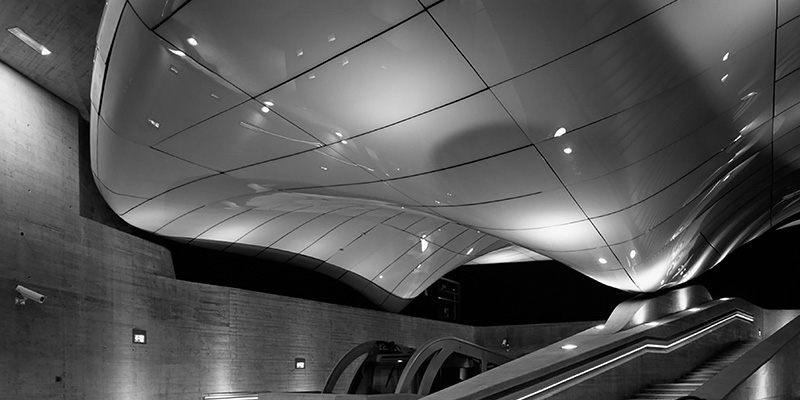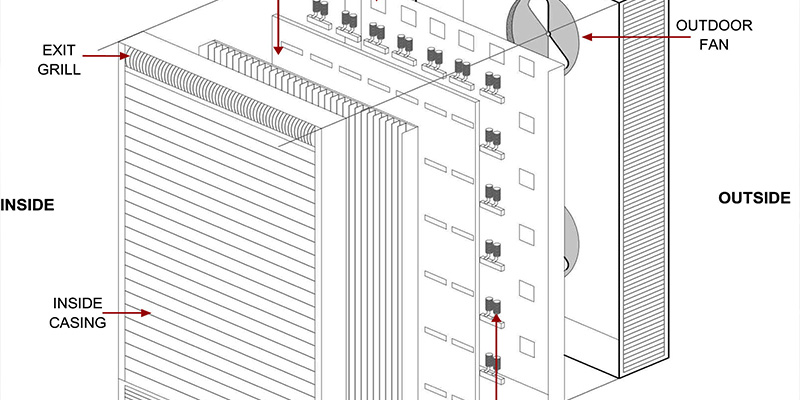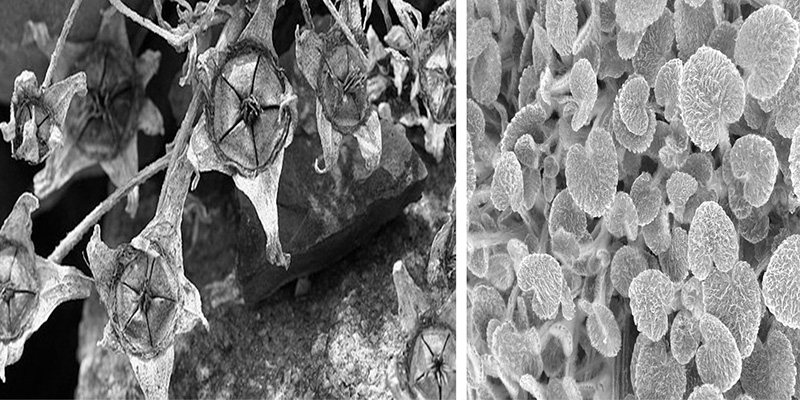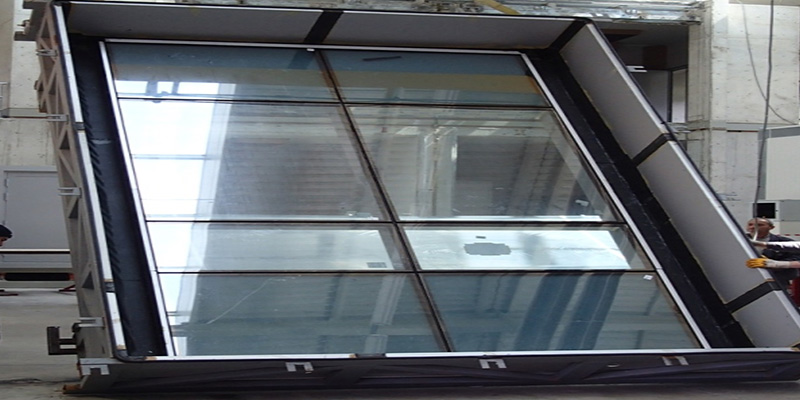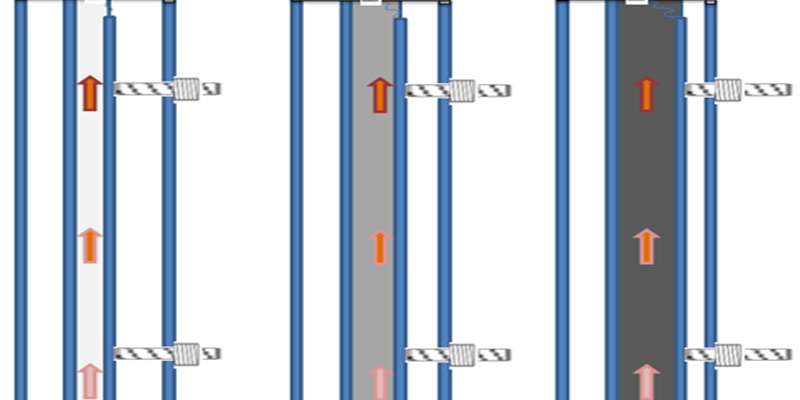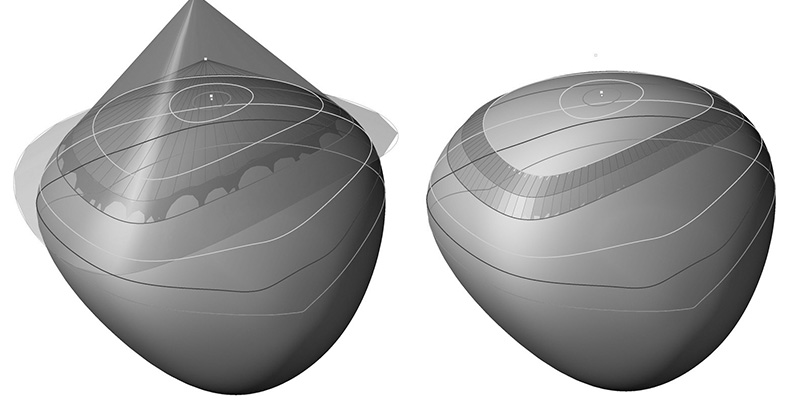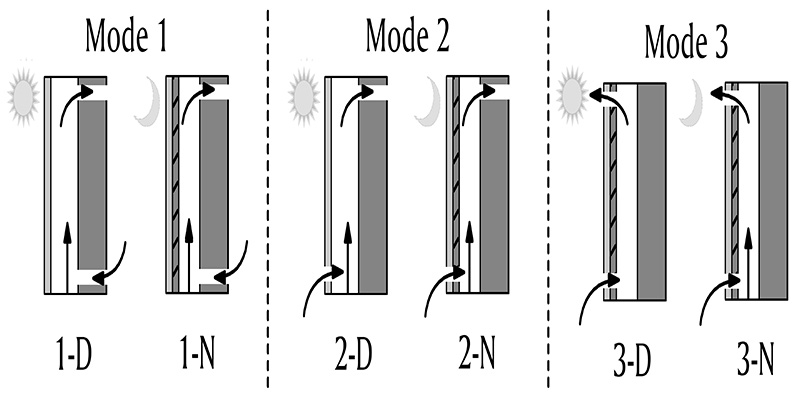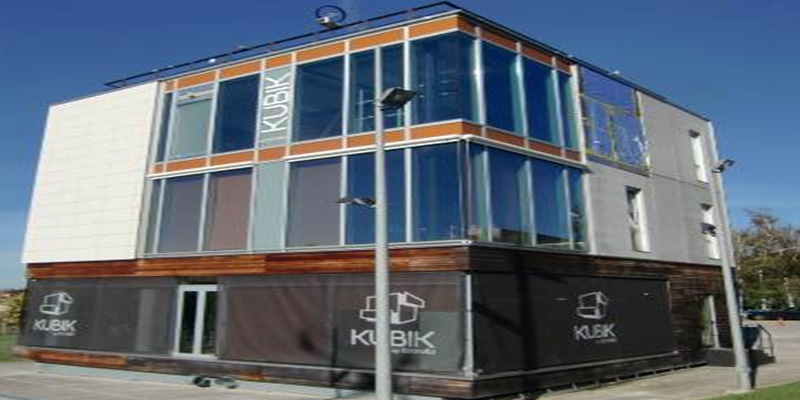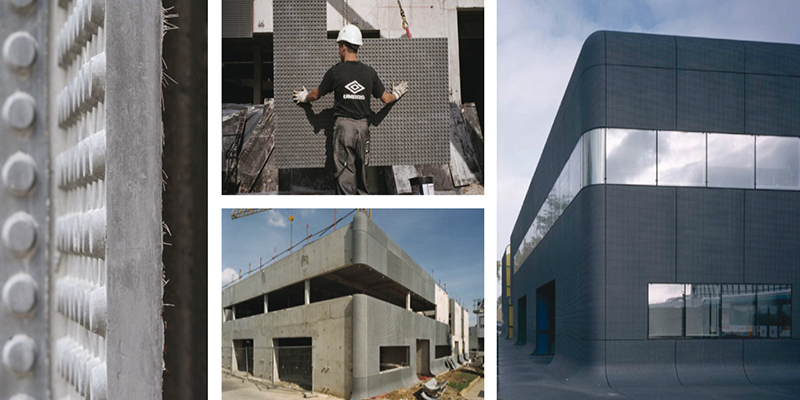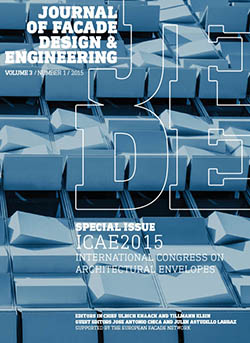
Guest editors: Julen Astudillo and Jose Antonio Chica
We are proud to announce that the Journal of Façade Design and Engineering is becoming a fixed partner for the scientific distribution of the ICAE International Congress on Architectural Envelopes, organised by Tecnalia San Sebastian.
Editorial
-
We are proud to announce that the Journal of Facade Design and Engineering is becoming a firm partner for the distribution of scientific knowledge of the ICAE International Congress on Architectural Envelopes, organised by Tecnalia San Sebastian. Tecnalia is one of the founding members of the European Facade Network EFN, and this partnership supports the development of JFDE with regards to the discipline of facade design and engineering. This issue of JFDE is dedicated to ICAE 2015, the VIIth edition of the congress. The contributions have been carefully selected from 32 abstracts,...
Articles
-
Free-form architecture is one of the major challenges for architects, engineers, and the building industry. This is due to the inherent difficulty of manufacturing double curvature facades at reasonable prices and quality. This paper discusses the possibilities of manufacturing free-form facade panels for architectural envelopes supported by recent advances in CAD/CAM systems and digital processes. These methods allow for no-mould processes, thus reducing the final price. Examples of actual constructions will be presented to prove...
-
In order to fulfil the current challenges for the European building sector, building design has diverged into two alternative directions: active technologies and passive design strategies. In the last few years, advanced and responsive building envelope components have represented a promising answer to these challenges. This paper presents the design and construction process of a project that aims to design, build and control the energy performance of an industrial-scale modular active ventilated facade prototype with a new...
-
In this paper, the authors present research into adaptive architectural envelopes that adapt to environmental changes using active materials, as a result of application of biomimetic principles from plants to architecture. Buildings use large amounts of energy in order to maintain their internal comfort, because conventional buildings are designed to provide a static design solution. Most of the current solutions for facades are not designed for optimum adaptation to contextual issues and needs, while biological solutions to...
-
Unitized curtain wall systems have been widely seen on high-rise buildings’ facades by bringing benefits with regard to ease of construction, lightness, etc. However, some design and application problems related to structural and infiltration performance of a facade system might arise during its life cycle, which is difficult for the building to compensate. This paper presents a comparative analysis of the structural and infiltration performance of the two identically detailed and produced unitized curtain wall system mock-ups. In...
-
A solar active envelope module with a high flexibility degree is proposed in this paper. The transparent module controls the day-lighting of the room, improving the indoor environment, while absorbing the superfluous solar energy inside. That energy is used to increase the efficiency of heating, ventilation, and the air-conditioning (HVAC) system of the building. This is carried out through a fine control of the absorptance of the envelope module. The active envelope module consists of three glazed chambers with advanced coatings and frames to assure a minimum thermal...
-
Almost all industrialized materials commonly employed at engineering and building construction are approximately unstretchable, metal sheets, plywood or glass. So there is no doubt about the advantages offered, mainly from the economic point of view, by the processes that use flat or developable surfaces in the resolution of doubly curved ones. Using two prototypical kinds of developable surfaces, an adaptation method of double curvature surfaces is formulated using either developable strips or planar quadrilateral surfaces. Through...
-
Solar walls can be used to increase the overall energy efficiency of a building. Phase Change Materials (PCM) are capable of increasing the effective thermal mass of building elements, thus decreasing the overall energy consumption. Recently, the incorporation of PCM in a solar wall has been proposed, aiming to increase the total energy efficiency of the system. The main scope of this work is to investigate the thermal behaviour of a PCM-enhanced solar wall (PCMESW), using experimental and numerical simulation techniques. A...
-
The challenges of achieving the 2020 goals in terms of energy savings and improving efficiency are guiding numerous research initiatives looking for more insulated envelopes, dealing with thermal performance of insulation materials and envelope systems. Nevertheless, the envelope integrates within the building and this improvement on the insulation performance has to be properly adopted, taking into account the interrelation of main elements composing the overall system (facade, frame, slabs, openings, partitions etc.), as well as...
-
The awareness of the environmental impact of the building sector is increasing. Steel reinforced concrete is the most commonly used construction material, though with a high-embodied energy and carbon footprint. Large environmental gains may arise if an alternative to steel reinforced concrete is developed. In this context, ultra-high performance concrete (UHPC) materials are shown to be promising alternatives with advantages such as lower embodied energy and reduced environmental impact. Predictions suggest that UHPC composite...
